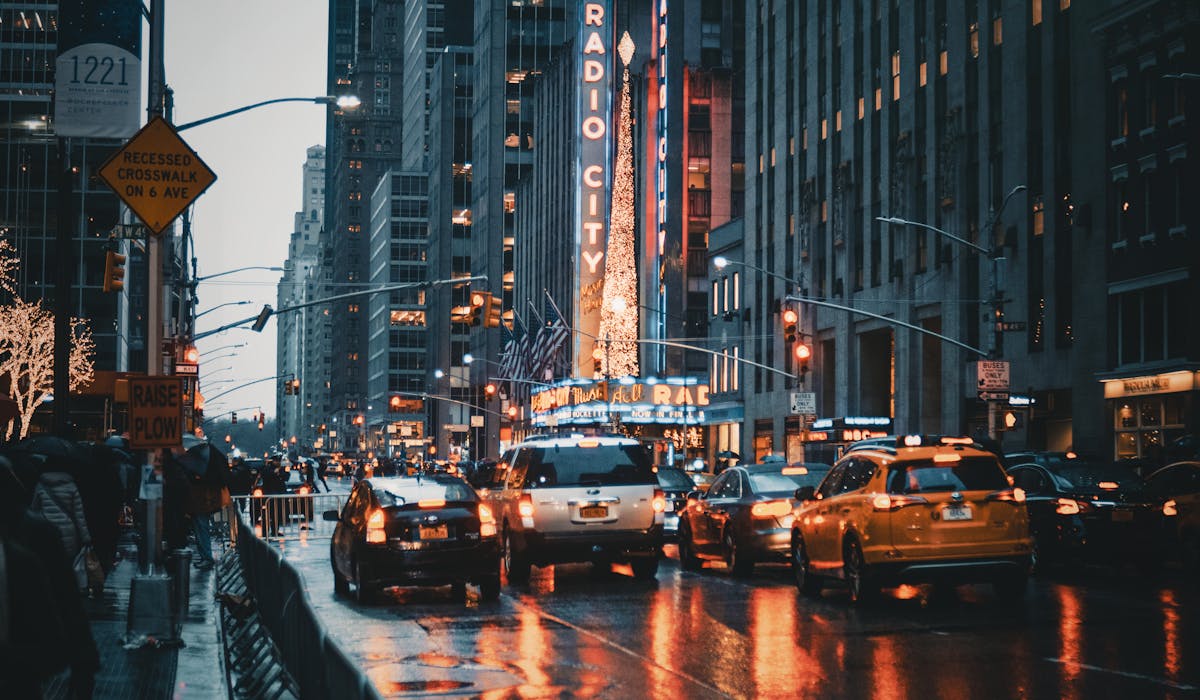The Framing Streets PDFs
Table of ContentsThe 6-Minute Rule for Framing StreetsThe Facts About Framing Streets UncoveredThe smart Trick of Framing Streets That Nobody is DiscussingGetting The Framing Streets To WorkThe Best Strategy To Use For Framing StreetsHow Framing Streets can Save You Time, Stress, and Money.
, usually with the objective of capturing photos at a definitive or touching minute by careful framework and timing. https://www.viki.com/users/framingstreets1/about.
The 5-Second Trick For Framing Streets
Susan Sontag, 1977 Road photography can focus on people and their actions in public. In this respect, the road digital photographer resembles social docudrama digital photographers or photojournalists who additionally operate in public areas, but with the aim of capturing newsworthy occasions. Any one of these photographers' pictures might record people and property visible within or from public locations, which often requires navigating honest issues and legislations of personal privacy, safety and security, and property.
Depictions of daily public life develop a category in virtually every period of globe art, starting in the pre-historic, Sumerian, Egyptian and very early Buddhist art durations. Art handling the life of the street, whether within views of cityscapes, or as the leading motif, appears in the West in the canon of the Northern Renaissance, Baroque, Rococo, of Romanticism, Realism, Impressionism and Post-Impressionism.
The 2-Minute Rule for Framing Streets
Louis Daguerre: "Boulevard du Temple" (1838 or 1839) In 1838 or 1839 the initial photo of numbers in the street was taped by Louis-Jacques-Mand Daguerre in one of a set of daguerreotype sights drawn from his studio home window of the Blvd du Temple in Paris. The 2nd, made at the height of the day, reveals an unpopulated stretch of road, while the other was taken at concerning 8:00 am, and as Beaumont Newhall reports, "The Blvd, so constantly loaded with a moving bunch of pedestrians and carriages was completely solitary, other than an individual that was having his boots cleaned.
Consequently his boots and legs were well defined, yet he is without body or head, since these were in motion." Charles Ngre, waterseller Charles Ngre. https://www.find-us-here.com/businesses/Framing-Streets-Miami-Florida-USA/33970134/ was the initial digital photographer to achieve the technological class required to register individuals in motion on the road in Paris in 1851. Professional Photographer John Thomson, a Scotsman working with reporter and social activist Adolphe Smith, published Road Life in London in twelve monthly installments beginning in February 1877
7 Easy Facts About Framing Streets Shown
Eugene Atget is considered a progenitor, not since he was the very first of his kind, link yet as an outcome of the popularisation in the late 1920s of his document of Parisian roads by Berenice Abbott, that was influenced to undertake a similar documentation of New York City. [] As the city developed, Atget assisted to advertise Parisian streets as a deserving subject for photography.

Rumored Buzz on Framing Streets
Andre Kertesz.'s extensively appreciated Images la Sauvette (1952) (the English-language edition was labelled The Crucial Moment) advertised the concept of taking an image at what he described the "definitive minute"; "when form and content, vision and composition merged right into a transcendent whole" - Best Zoom Lens.
Not known Factual Statements About Framing Streets
The recording device was 'a concealed cam', a 35 mm Contax hidden underneath his coat, that was 'strapped to the chest and connected to a long cord strung down the best sleeve'. His job had little contemporary influence as due to Evans' sensitivities concerning the creativity of his project and the personal privacy of his subjects, it was not released till 1966, in the book Several Are Called, with an introduction written by James Agee in 1940.
Helen Levitt, then a teacher of young kids, associated with Evans in 193839. She recorded the temporal chalk drawings - vivian maier that belonged to children's road culture in New York at the time, in addition to the children who made them. In July 1939, Mo, MA's brand-new photography area included Levitt's operate in its inaugural exhibitionRobert Frank's 1958 publication,, was considerable; raw and typically indistinct, Frank's photos examined traditional digital photography of the time, "challenged all the formal regulations set by Henri Cartier-Bresson and Walker Evans" and "flew in the face of the wholesome pictorialism and heartfelt photojournalism of American publications like LIFE and Time".